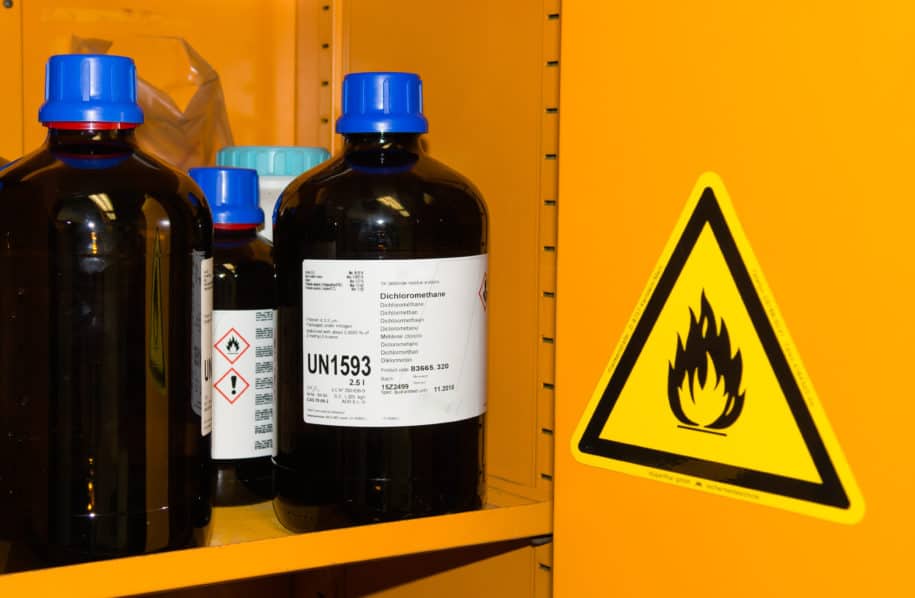Hazardous chemicals of concern to the government can be found in essentially all workplaces. Buying these materials in more than consumer quantities brings the purchaser under the jurisdiction of a variety of federal, state, and local agencies, who have disparate concerns and separate approaches to how these concerns are best addressed.
For example, OSHA and DOT rely on worker training in safe use of these chemicals to protect the stakeholders they are responsible for, but with different emphases: OSHA is concerned with how the hazards of these chemicals are managed while they are being used, while DOT focuses on packaging and labelling of the materials while they are in transit. The EPA, on the other hand, is concerned with sharing information with emergency responders and the public about chemicals being stored and emitted on site in case of emergencies involving those chemicals. The varying perspectives of these different government agencies can create confusion for both workers and managers as they try to comply with legal requirements.
For this reason, a common sense first step to addressing these regulations is take an inventory of the hazardous chemicals in your workplace. However, it does not take long for this project to run up against several important questions:
- What constitutes a chemical?
- What kinds of hazards are we concerned about?
- How much of a particular chemical invokes the regulations?
- Do we need a container-by-container inventory or is a grand total of the amount of a specific chemical good enough?
- How accurate and up to date does this inventory need to be?
The answer to these questions will be “it depends”. Adding to this challenge, the way workplaces use hazardous chemical changes routinely as processes evolve. These changes in the way that the chemicals are used will impact these questions as well.
So, as you plan your chemical inventory system, it is a good idea to assure that it has these four properties:
1. Usability: while the most effective inventory systems will be tied into already existing business processes (for example, purchasing), every new information stream requires human intervention to maintain, and systems that distract employees from their primary job are likely to become out of date quickly.
2. Scalability: the number of entries that you include in the system is likely to grow as new uses for this information are found. While an Excel spreadsheet might be adequate for tracking 100 items, this approach is likely to fail the human factors test when the number of containers being tracked goes above 500.
3. Transferability: as mentioned above, the information being collected by the system will be shared with a variety of stakeholders, each of whom will be interested in different aspects of the data. For example, while the fire department will be interested in the quantities of flammable chemicals stored on site, they are not likely to be interested in chemical inventory regulated by OSHA because they are toxic without being flammable.
4. Sustainability: all information streams require resources. These include both the staff and money needed to establish the system as well as to maintain the computer databases involved. In addition, the equipment and staff time needed to collect the data on an ongoing basis needs to be factored in. Realistic estimates of these costs must be developed and updated as experience with the system evolves.
There are a variety of chemical inventory systems available on the market. Some are freeware; others are connected to specific vendors who offer to provide this service as part of a chemical supply contract with your organization. There are also purpose-built chemical inventory and management systems based that provide services such as collecting Safety Data Sheets or preparing regulatory reports as part of their design. Selecting the system that works best for your setting requires careful planning and consideration of the factors outlined above for the system to be successful for both your organization and the regulators who oversee the way these chemicals are used.
For more details: Click here & Contact SafetyStratus Now.
AUTHOR BIO

Ralph Stuart, CIH, CCHO is the Environmental Safety Manager at Keene State College in Keene, NH. He has over 30 years of experience in addressing Indoor Air Quality concerns and optimizing laboratory ventilation for safe energy conservation. He is the past chair of the American Chemical Society’s Committee on Chemical Safety.



